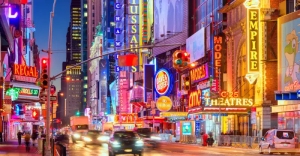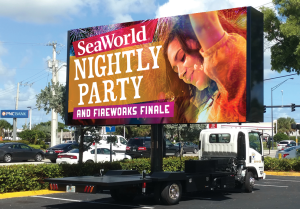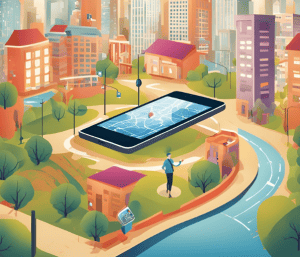Experiential Marketing That Moves Beyond the Pop-Up
In the world of marketing, “experiential” often conjures visions of immersive pop-up stores, flashy trade booths, or large-scale brand activations at festivals. But experiential marketing doesn’t have to come with a six-figure event budget. In fact, some of the most effective campaigns are unfolding in quiet, everyday moments—on coffee sleeves, pizza boxes, pharmacy bags, and even door hangers. This is the new frontier of experiential marketing: in-hand micro-experiences that deliver tactile, hyperlocal impressions.
This shift is more than just budget-driven. As digital fatigue sets in and attention spans drop, marketers are finding greater ROI in creating experiential ads that meet people where they are—literally, in their hands.
Experiential Marketing in the Mundane: Why It Works
Traditional experiential marketing relies on the spectacle—the wow factor that draws a crowd. But these campaigns often suffer from two issues:
Limited reach: They occur in specific places at specific times.
High cost per engagement: You’re paying heavily for a short window of brand interaction.
Now consider the alternative: placing your experiential ad directly in a consumer’s hand during an everyday activity like grabbing coffee or ordering a pizza. These micro-experiences are cost-effective, repeatable, and integrated into real routines—no RSVP required.
In-Hand Media as Experiential Advertising
Let’s break it down by medium:
Coffee Sleeves
These are tactile, warm, and handled for 10+ minutes while a consumer enjoys their drink. Branded coffee sleeves with unique textures, messaging, or QR-enabled content can turn a caffeine fix into a brand journey.
Pizza Boxes
Dinner time becomes a brand moment. Think of experiential advertising through interactive lids, personalized messages inside the box, or embedded QR codes that launch mobile games or coupons.
Pharmacy Bags
Often overlooked, these are handed to consumers when health is top of mind. This moment is ideal for wellness brands, insurance companies, or tech apps tied to health monitoring. Add a QR-triggered demo or campaign that aligns with the medication inside.
Bar Coasters and Door Hangers
Used in hospitality settings or neighborhood canvassing, these tactile pieces extend the sensory engagement. They can include AR triggers, peel-off tabs, or simple storytelling through well-crafted copy and visuals.
Experiential Marketing vs. Traditional Ad Channels
Let’s compare in-hand experiential media to conventional placements:
Channel |
Cost Efficiency |
Targeting Precision |
Interactivity |
Brand Recall |
Billboards |
Low |
Low |
None |
Moderate |
Social Media Ads |
Moderate |
High |
High |
Low |
TV/Radio |
High |
Low |
None |
Moderate |
In-Hand Experiential Ads |
High |
Very High (ZIP-level) |
Medium-High |
Very High |






